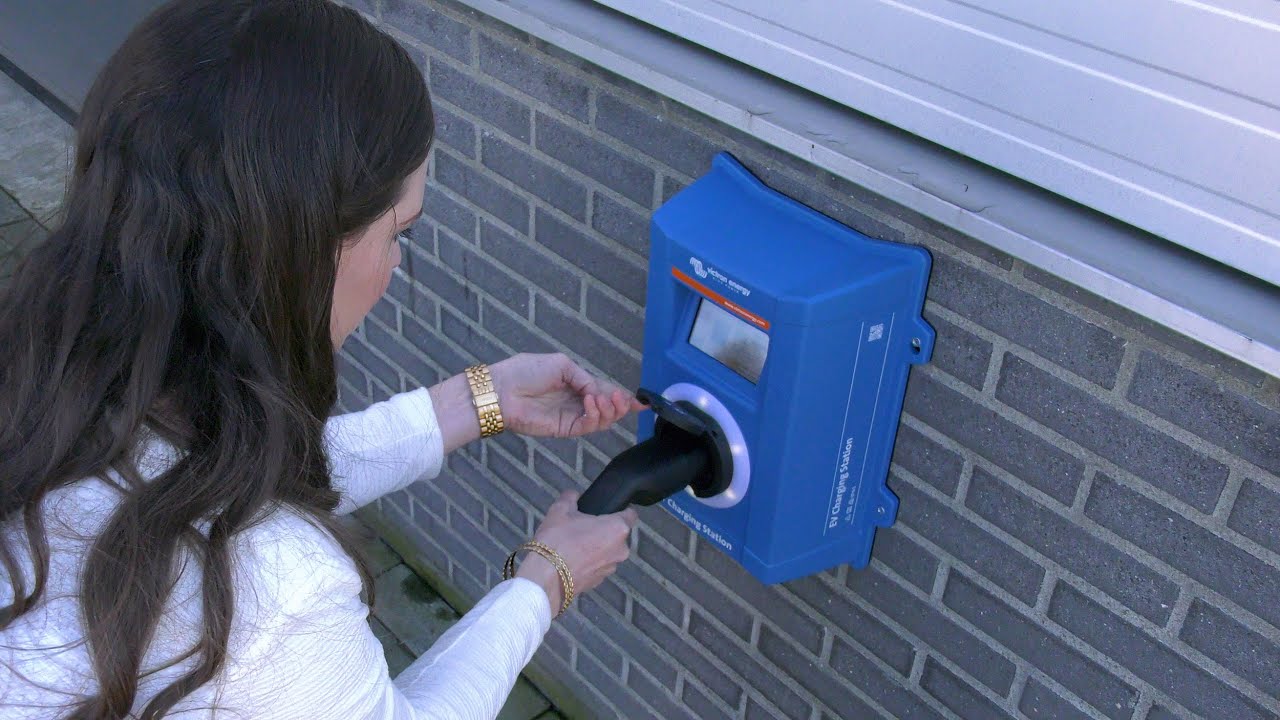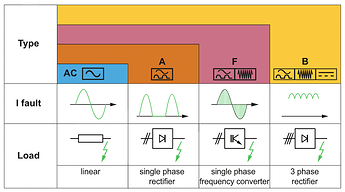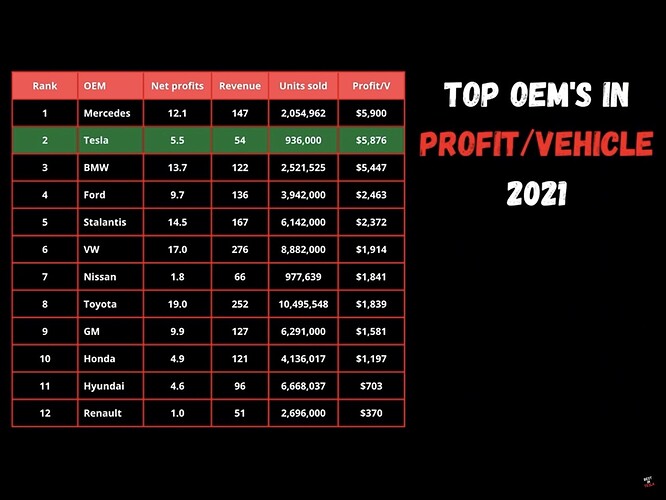Just dropped.
Nice.
That display looks terrible though, the graphics are completely out of place. Hope they don’t wait too long to update ![]()
Why are car chargers so expensive when they really don’t seem to be much more than a conduit?
I’d say the cable contributes to a large part of the construction cost.
From what I can see the Victron cost R25k. In line with many others. It can charge at 22kw AC. Sure that’s a lot of power but not like 800v DC liquid-cooled fast charging cables.
Just had a quick google, a 22kw car charging cable is around R4000. Not sure if the Victron includes one as car charging ports are not standardised.
Oh, you’re being brand specific.
Then it’s not my place to take a position on that.
However, if you are cost-conscious, the price of a charger is largely moot, given the price of a chargee in ZA.
So called chargers are not at all. The actual charger is in the Car itself. The EVSE (electric vehicle supply equipment) is the item screwed to the wall containing the feed and supply cables and some control circuit and protection.
My guess is it costs so much because they can charge that much and the sales are happening fast enough.
Groetnis
The Victron EVSE actually does not really look like that good value, since it doesn’t include the RCD protection.
It does include earth monitoring or whatever you call it, but the RCD is external. And it needs to be a type A at least, but probably a Type B. I’m fuzzy on exactly how the relevant faults occur, but with big DC battery systems coupled to chargers, you typically want a Type B RCD, especially when it’s outside, in the rain, and has a nice metal shell, standing on the ground…
So an EVSE needs to monitor ground, tell the car when to charge and how fast (the PWM signal) and manage a contactor.
All the Victron one does better is tie it to the rest of your Victron kit, which is a big plus obviously, but the Zappi from MyEnergi does that for other / all inverters, looks nicer and includes the RCD protection (@ 899 GBP for the untethered 22kw => R17k).
Edit: Because I like the colours:
Correct. But the EVSE does do a little bit of comms, as I understand it, there is a PWM (analog) signal indicating the amount of current the car is allowed to draw, and of course this is where the Victron EVSE comes in: It can integrate with the rest of the system to make sure you’re only charging with the excess. There is also a signal line that causes the relay in the EVSE to disconnect the supply when you disengage the clip on the plug before unhooking it, to ensure that no current is passing through the cable when you rip it out. No sparky sparky and scared womenfolk in other words.
I totally agree that it doesn’t do 25k worth of comms and relay-switching…
You get a single-phase cable with the car. You can charge the car from a normal plug point, you don’t need the EVSE. But when you do this, you are limited to 3kW, so it takes a while to charge up. At least, that is how I understand it. No personal experience in this domain.
Still an insane amount, but ya betcha, should I ever get a BEV, I will splash on that EVSE without a blush.
Groetnis
I think it’s only Nissan that isn’t using a CCS2 connector on the car – they split normal charging and fast-charging with a separate CHAdeMO connector.
Your AC plug then usually only uses the top half of the CCS2.
Even Tesla uses CCS2 in Europe now, so hopefully people standardise on a standard standard soon.
I love standards, there are so many to choose from.
Type B is insanely expensive. But I really doubt you need something that advanced.
The “default” RCD installed in houses is a type-AC. This can only detect AC leakage currents. DC components will either go unnoticed, or will cause nuisance tripping. Whichever one is worse, that is the one that will happen.
Then you get type-A. That can detect pulsating DC current. This is in my opinion what you want in every house, especially given the amount of switch mode power supplies we operate.
Then you get the type-A with some smarts to prevent nuisance tripping, for example ABB has breakers rated type A-PR, Hager has HI (high immunity) types, and Gewiss has type IR (impact resistant). They prevent nuisance tripping while still providing sufficient protection.
Then comes type-F. This is for VSDs.
And then comes type B. Sell a kidney prices.
The high-resistance type A category is where I stop. The last one I installed cost me 4k.
I think Type B’s will become regulated with certain types of inverters in the future.
(This is once regulators catch up with technology, I’d imagine EVSE regulations will wake them up).
It boils down to the fact that Type B’s are resistant to CT saturation if there is a DC component in the AC. A saturated CT does not provide an output and so standard earth leakage protection is defeated.
CT saturation is an interesting phenomenon and accumulates over time when exposed to DC.
They are expensive, here is where I sourced mine:
You can actually see the extra component on the diagram on the Type B.
Yup. As I understand it, that means a small DC component causes nuisance tripping (because the AC component is now offset by that DC, making the margin smaller), and a large DC component stops it tripping entirely (because it saturates the CT).
I deal with the effects of decaying DC components after power system faults so I haven’t really been exposed to an ever-present constant DC component in my line of work.
I’ll put some testing on my to-do list, but my hypothesis is that a smooth constant DC component even if small would fully saturate a CT given sufficient time. A large smooth DC component would just achieve the same faster.
So you’re saying it slowly magnetises the material, essentially? Like rubbing a screw driver over a magnet to give it a little bit of residual magnetism and get a screw out?
Yes, from what I have seen an equal but opposite DC component would have to be applied to force desaturation quickly.
It is claimed (by some of my cleverer colleagues) that HV CTs can take months to naturally desaturate.
Long story short, it shouldn’t cost as much as a Multiplus 5000/48. Even in the video where they open it up, there is hardly anything inside the box.



